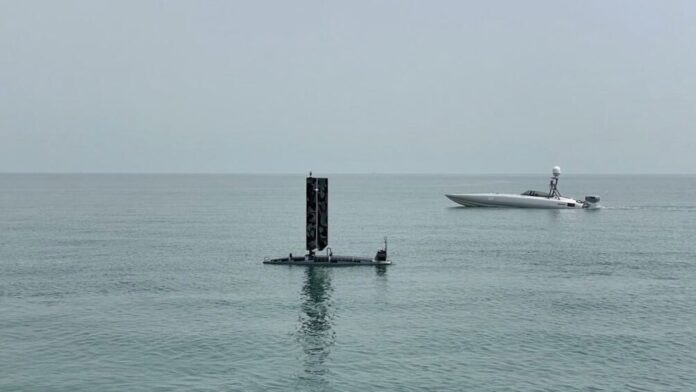The U.S. Navy continues its push for unmanned systems with a new RFI published last month, seeking information on the potential procurement of seven MUSVs within the next two years, marking a shift in U.S. Navy interest in the MUSV platform and a definite timeline for the contract-to-delivery period if the RFI moves forward, Naval News reports.


